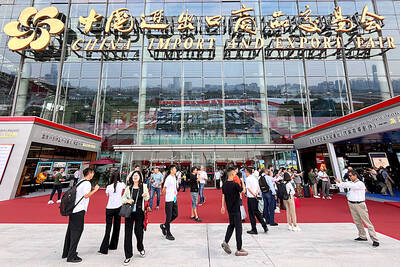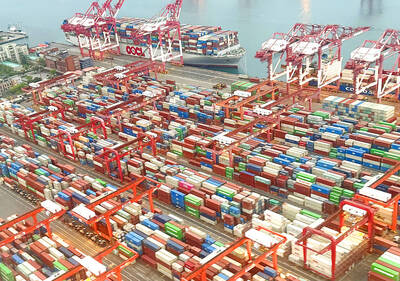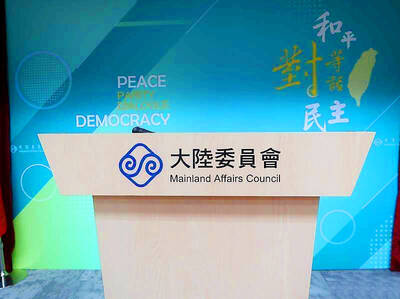Sanyo Electric Co, which makes chips used in digital cameras, will also supply chipsets to mobile phone manufacturers as handsets with built-in cameras gain popularity in Japan.
"More than five manufacturers are planning to use our" chip called charge-coupled device, Minoru Hamada, general manager at Sanyo's CCD development department, said in an interview. He declined to name potential customers.
Cellphones with built-in digital cameras have gained a following in Japan since J-Phone Ltd started selling such handsets in November last year.
The nation's third-largest mobile phone operator, which is partly owned by Vodafone Group Plc, has signed up more than 2.7 million camera-phone users by the same month this year, or about a fifth of its subscriber base.
Osaka-based Sanyo has reduced power consumption in its charge-coupled device and made it small enough to compete with CMOS imager, the rival chip made by Sharp Corp. and other makers, said Hamada. Currently all handsets with built-in cameras use CMOS imagers.
"Half of mobile phones sold in Japan next year will be camera phones," Hamada said, adding Sanyo's CCDs will account for more than half of the chips used in those handsets in the six months to March 31, 2003. "Though mobile phone makers have had the choice of CMOS imagers alone, the situation will change."
Sony Corp, Matsushita Electric Industrial Co and Sharp also make CCDs used in digital cameras.

CARROT AND STICK: While unrelenting in its military threats, China attracted nearly 40,000 Taiwanese to over 400 business events last year Nearly 40,000 Taiwanese last year joined industry events in China, such as conferences and trade fairs, supported by the Chinese government, a study showed yesterday, as Beijing ramps up a charm offensive toward Taipei alongside military pressure. China has long taken a carrot-and-stick approach to Taiwan, threatening it with the prospect of military action while reaching out to those it believes are amenable to Beijing’s point of view. Taiwanese security officials are wary of what they see as Beijing’s influence campaigns to sway public opinion after Taipei and Beijing gradually resumed travel links halted by the COVID-19 pandemic, but the scale of

TRADE: A mandatory declaration of origin for manufactured goods bound for the US is to take effect on May 7 to block China from exploiting Taiwan’s trade channels All products manufactured in Taiwan and exported to the US must include a signed declaration of origin starting on May 7, the Bureau of Foreign Trade announced yesterday. US President Donald Trump on April 2 imposed a 32 percent tariff on imports from Taiwan, but one week later announced a 90-day pause on its implementation. However, a universal 10 percent tariff was immediately applied to most imports from around the world. On April 12, the Trump administration further exempted computers, smartphones and semiconductors from the new tariffs. In response, President William Lai’s (賴清德) administration has introduced a series of countermeasures to support affected

Pope Francis is be laid to rest on Saturday after lying in state for three days in St Peter’s Basilica, where the faithful are expected to flock to pay their respects to history’s first Latin American pontiff. The cardinals met yesterday in the Vatican’s synod hall to chart the next steps before a conclave begins to choose Francis’ successor, as condolences poured in from around the world. According to current norms, the conclave must begin between May 5 and 10. The cardinals set the funeral for Saturday at 10am in St Peter’s Square, to be celebrated by the dean of the College

CROSS-STRAIT: The vast majority of Taiwanese support maintaining the ‘status quo,’ while concern is rising about Beijing’s influence operations More than eight out of 10 Taiwanese reject Beijing’s “one country, two systems” framework for cross-strait relations, according to a survey released by the Mainland Affairs Council (MAC) on Thursday. The MAC’s latest quarterly survey found that 84.4 percent of respondents opposed Beijing’s “one country, two systems” formula for handling cross-strait relations — a figure consistent with past polling. Over the past three years, opposition to the framework has remained high, ranging from a low of 83.6 percent in April 2023 to a peak of 89.6 percent in April last year. In the most recent poll, 82.5 percent also rejected China’s